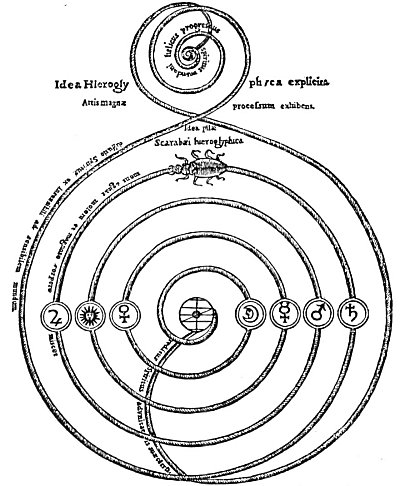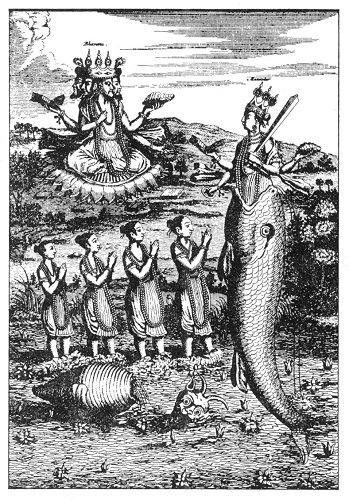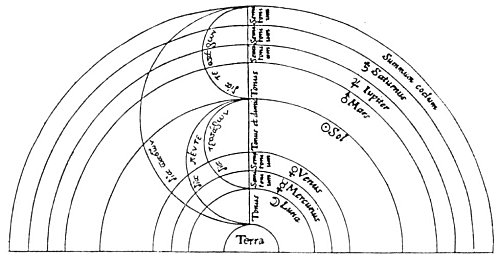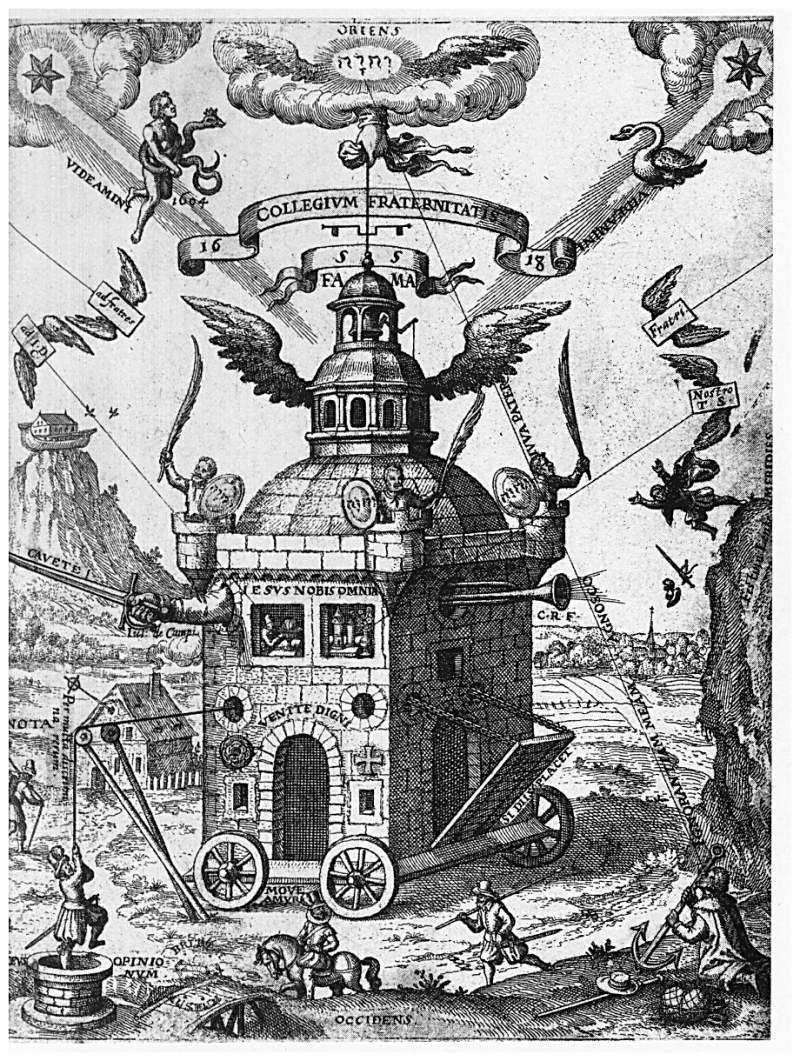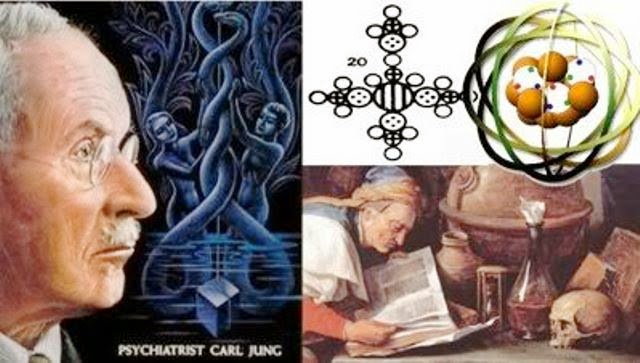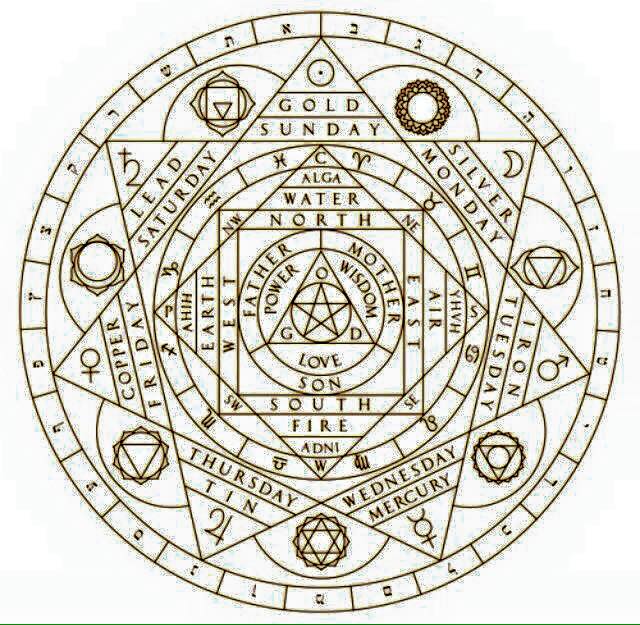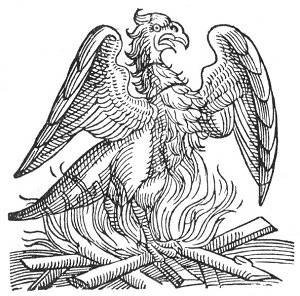3. Evaporation, the changing or converting from a liquid or solid state into a vaporous state with the aid of heat.
4. Distillation, an operation by which a volatile liquid may be separated from substances which it holds in solution.
5. Separation, the operation of disuniting or decomposing substances.
6. Rectification, the process of refining or purifying any substance by repeated distillation.
7. Calcination, the conversion into a powder or calx by the action of heat; expulsion of the volatile substance from a matter.
8. Commixtion, the blending of different ingredients into new compounds or mass.
9. Purification (through putrefaction), disintegration by spontaneous decomposition; decay by artificial means.
10. Inhibition, the process of holding back or restraining.
11. Fermentation, the conversion of organic substances into new compounds in the presence of a ferment.
12. Fixation, the act or process of ceasing to be a fluid and becoming firm; state of being fixed.
13. Multiplication, the act or process of multiplying or increasing in number, the state of being multiplied.
14. Projection, the process of turning the base Metals into gold.
p. 154
Those disagreeing with the legend of Hermes and his Emerald Tablet see in the two hundred angels who descended upon the mountains, as described by the Prophet: Enoch, the first instructors in the alchemical art. Regardless of its originator, it was left to the Egyptian priests to preserve alchemy for the modern world. Egypt, because of the color of its earth, was called “the black empire” and is referred to in the Old Testament as “the land of darkness.” By reason of its possible origin there, alchemy has long been known as “the black art, ” not in the sense of evil but in the sense of that darkness which has always enshrouded its secret processes.
During the Middle Ages, alchemy was not only a philosophy and a science but also a religion. Those who rebelled against the religious limitations of their day concealed their philosophic teachings under the allegory of gold-making. In this way they preserved their personal liberty and were ridiculed rather than persecuted. Alchemy is a threefold art, its mystery well symbolized by a triangle. Its symbol is 3 times 3–three elements or processes in three worlds or spheres. The 3 times 3 is part of the mystery of the 33rd degree of Freemasonry, for 33 is 3 times 3, which is 9, the number of esoteric man and the number of emanations from the root of the Divine Tree. It is the number of worlds nourished by the four rivers that pour out of the Divine Mouth as the verbum fiat. Beneath the so-called symbolism of alchemy is concealed a magnificent concept, for this ridiculed and despised craft still preserves intact the triple key to the gates of eternal life. Realizing, therefore, that alchemy is a mystery in three worlds–the divine, the human, and the elemental–it can easily be appreciated why the sages and philosophers created and evolved an intricate allegory to conceal their wisdom.
Alchemy is the science of multiplication and is based upon the natural phenomenon of growth. “Nothing from nothing comes,” is an extremely ancient adage. Alchemy is not the process of making something from nothing; it is the process of increasing and improving that which already exists. If a philosopher were to state that a living man could be made from a stone, the unenlightened would probably exclaim, “Impossible!” Thus would they reveal their ignorance, for to the wise it is known that in every stone is the seed of man. A philosopher might declare that a universe could be made out of a man, but the foolish would regard this as an impossibility, not realizing that a man is a seed from which a universe may be brought forth.
God is the “within” and the “without” of all things. The Supreme One manifests Himself through growth, which is an urge from within outward, a struggle for expression and manifestation. There is no greater miracle in the growing and multiplication of gold by the alchemist than in a tiny mustard seed producing a bush many thousands of times the size of the seed. If a mustard seed produces a hundred thousand times its own size and weight when planted in an entirely different substance (the earth), why should not the seed of gold be multiplied a hundred thousand times by art when that seed is planted in its earth (the base metals) and nourished artificially by the secret process of alchemy?

Moe is the founder of GnosticWarrior.com. He is a father, husband, author, martial arts black belt, and an expert in Gnosticism, the occult, and esotericism.

